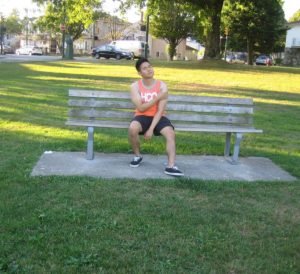A tourniquet is usually the last option in controlling bleeding. It is vital that you are prepared on how to use one if needed.
Tourniquets are tight bands utilized to control bleeding by stopping the blood flow to the wound.
Position
The tourniquet must be tied above the wound. When helping an individual, observe the universal precautions and use protective equipment if on hand.
Before a tourniquet is used, initially use the less damaging steps in controlling the bleeding. In case the area is not safe and there is no time to perform other steps, a tourniquet can be utilized to control active bleeding.
Getting started

When creating a tourniquet, utilize a non-stretchy material such as a cravat or terry cloth and fold it lengthwise until between 1-2 inches wide.
The tourniquet must be tied around the injured leg or arm, several inches above the injury. In case the injury is beneath the knee or elbow, it must be tied above the joint. Perform a common square knot.
Adding a windlass
Position a stick or any item strong enough to function as a windlass on the knot and secure the loose ends of the tourniquet around it in with another square knot.
Anything can be used as a windlass. Just make sure that it is sturdy enough to hold the tourniquet and can be secured in place. Suitable items include sticks, pens or pencils, spoons or a piece of pipe.
Twist the windlass
Once the tourniquet is tight enough to stop the bleeding, it must be secured in place. Twist the windlass to increase the pressure until the bleeding ceases. Secure the windlass by tying one or both ends to the arm or leg of the individual.
Quick Note / Disclaimer
The material posted on this page on a tourniquet is for learning and educational purposes only. To learn more about a tourniquet, register for a first aid and CPR course with Saskatoon First Aid.
